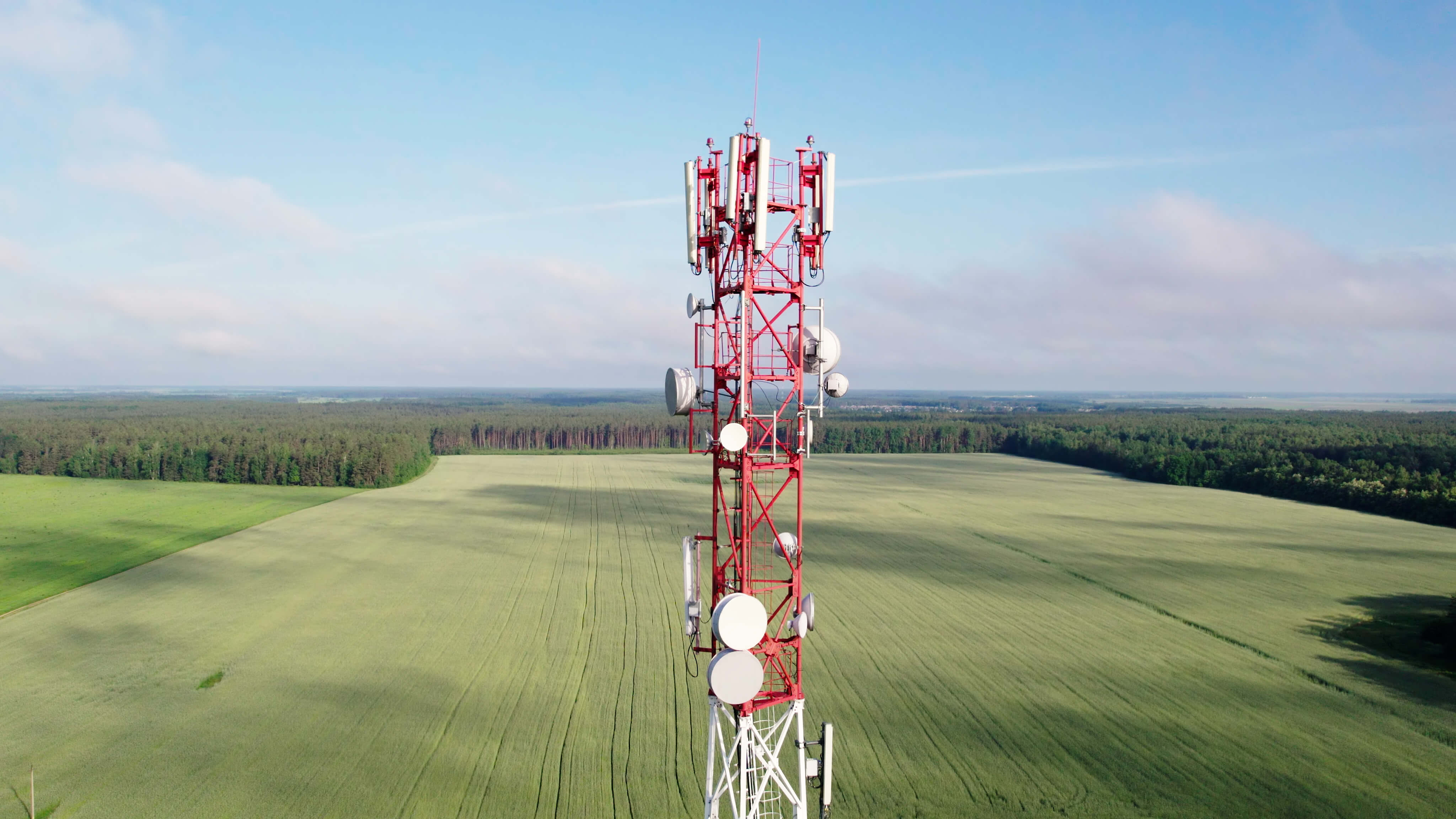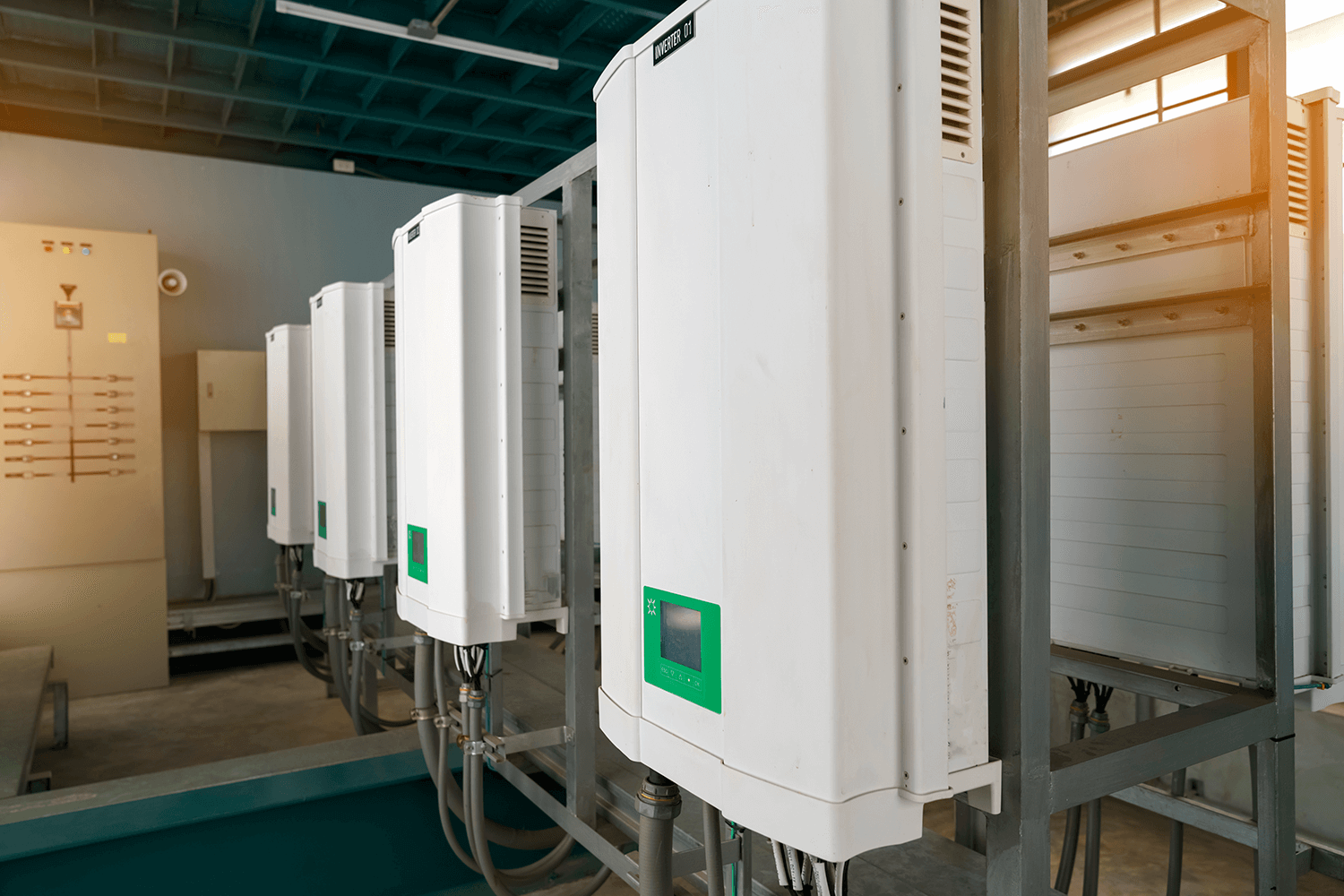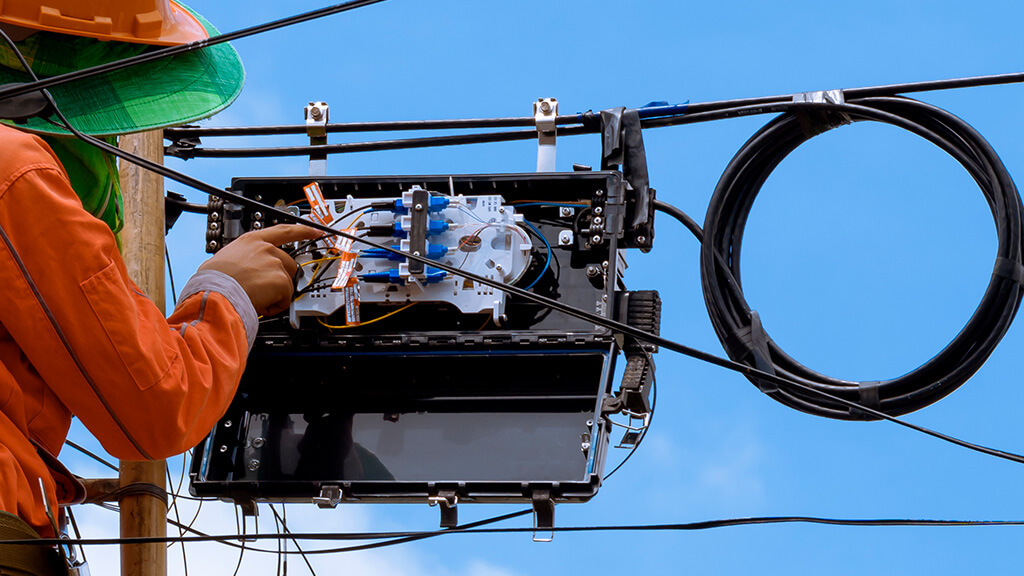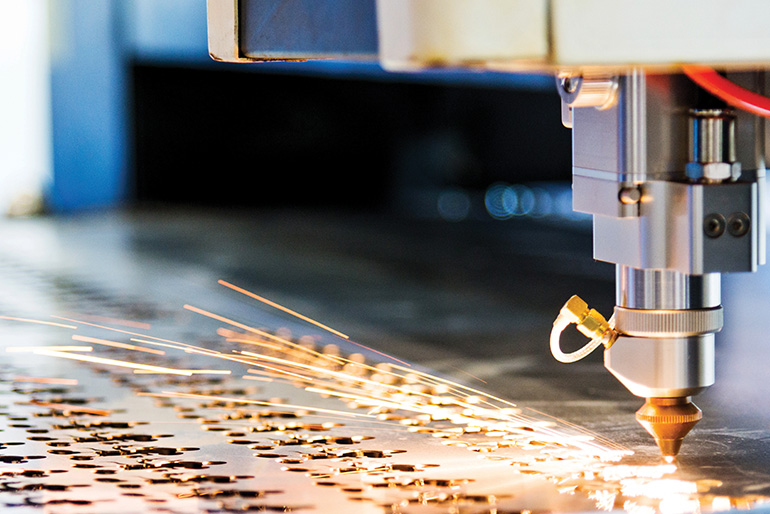The Exponential Rise Of Interconnectedness
Society is amidst a massive shift in how technology and daily lives interface. The internet, interconnectedness, and information technology are no longer just novelties; they are necessities that fuel the foundations of even our most basic needs.

We often view an interconnected future through the lens of a digital zeitgeist (like social communication and the global news cycle), but that's just scratching the surface of how "big data" has become embedded into our society. For example, our food and farming sectors have built interconnected networks and tools for smart farming; public safety and transportation now rely on data-driven public cloud systems; economics and banking institutions are fully reliant on reliable and fast connections. This type of innovation offers significant improvements in efficiencies for many different sectors, which also means there's an increased impact from outages or security compromises.
The adaptation of connected technology has demanded the exponential growth of telecom infrastructure like broadband and cellular connectivity. Broadband speeds in 2007 maxed out at a mere 16mbps. However, speeds have more than doubled every two years over the past decade, with the latest technologies allowing us to reach nearly 10 gbps.
It's not just processing data and computation, though, but also information storage. Our culture has shifted everything online; functionally, the full scope of granular historical knowledge is uploaded to the cloud. That means that most daily activities require interfacing with technology to search and digest a nearly unlimited information resource. It's deeply intertwined with the human experience, with almost every facet of modern life now relying on this network of high-speed information technology.
Take for example a day in the life of the average American. A work commute often involves gps navigation that intelligently routes based on crowd-sourced traffic data from cell phones. Most jobs in nearly every sector rely on some sort of connected business software. Often times industries are connected virtually across time zones and countries. Every product consumed from morning coffee to clothes in a wardrobe arrived there through a complicated and connected logistics and shipping network, as part of a global supply chain. This widespread integration of connected services is propelling the continued expansion of our networks and processing systems.
Redefining Critical Infrastructure in the 21st Century

The exponential growth of data consumption, storage needs, and processing power presents challenges to the current framework. It is a common misperception that critical infrastructure is limited to roads and bridges. However, in reality, the definition of infrastructure is constantly evolving based on the arc of innovation throughout history. Think back to the federal investment in building interstate highways in the 50s and 60s. Without the foresight to define interconnected highways as critical infrastructure, the United States would have never developed the shipping and industrial network it has today. This moment calls for a fundamental redefinition of critical infrastructure for the 21st century. Like roads and highways, companies must invest in creating and modernizing the physical aspects of their digital network to keep up with the goods and services fueling society. One example is the need to upgrade cellular networks to support faster speeds through 5g and 6g. Another is investing in new fiber pathways through fiber-optic infrastructure that can adequately keep up with demand. Broadband infrastructure must be expanded to bring coverage and access to areas that have a history of digital underdevelopment.

On top of an interconnected network, there need to be improvements to the data backbone that runs it all. Computation power and storage space are not unlimited. These services require cloud data centers in order to keep up with the increasing storage and compute requirements that continue to rise at an exponential pace. Edge computing is an emerging solution to limitations of processing power, as it allows for applications like IOT devices and autonomous vehicles to run computation processing closer to the physical device, rather than running on centralized data centers that could be located hundreds of miles away. These kind of enhancements are critical, because high network speeds and processing power can each serve as a bottleneck for the other.
Redefining critical infrastructure means doing all of these things with the same urgency as traditional infrastructure. In recent years, policymakers have begun to talk about infrastructure that includes broadband and fiber. The Federal Communications Commission is one example of how the conversation around infrastructure has shifted to include digital infrastructure by creating regulatory agencies to oversee its rollout and development.
This Moment Calls for a Fundamental Redefinition of Critical Infrastructure for the 21st Century
The United States Department of Agriculture oversees development of energy and telecommunications through the rural development program. Even more recently, the federal passage of the bipartisan infrastructure law in 2021 allocates $65 billion in funding to help expand broadband internet access. Transformational investments like these are indicators that modern infrastructure is critical, and based on the acceleration of data in recent years; the clock is ticking to build it.

Simultaneously Creating a Sustainable Energy Grid

The critical infrastructure of the 21st century has many similarities to traditional infrastructure but is unique in its high energy consumption. It is estimated that data source centers and servers account for approximately 2% of the total energy consumption in the United States. Renewable energy is a promising solution to this challenge.
Renewable energy isn't solely about protecting the climate from further emissions; it's a simple math problem. Over 79% of electric power consumed in the United States is sourced from fossil fuels, a limited resource that will become more difficult to obtain and expensive as supplies deplete. Any company with the foresight to invest in the future of data should also consider this fact.
The solution to this problem is to simultaneously invest in emerging technologies to create a renewable energy grid capable of supporting the growing consumption needs of the modern world. Moreover, as geopolitical tensions around oil and liquified natural gas rise, the policy discussions around renewable energy in the United States and North America have become even more pressing.
79.75% of all US adults are in favor of expanded wind turbine or solar panel farms
As a result, renewable energy has widespread support among the United States public, with 79.75% of US adults favoring more wind turbine farms or solar panel farms. And with recent advancements in renewable energy and energy storage technologies, sustainable energy is a legitimate immediate alternative to fossil fuels.
Renewable energy is an industry full of opportunities to innovate. By converting energy sources to renewable, there is a greater demand for improved energy storage solutions, energy efficiency, and other ways to reduce the impact of consumption. For example, many data centers are exploring on-site energy storage technologies for renewable energy generation like solar. They are reducing their overall electric needs by using modern equipment and building custom data centers that improve cooling and increase efficiency.

And some leaders in the sector are even testing creative ways to recycle the thermal energy created by their machines, so instead of pumping hot air out into the atmosphere, it can be recycled for other purposes like residential or municipal hot water.
However, substantial federal legislation propelling the renewable market has yet to be made. Hope is not lost for renewable energy, though, as the private sector has the momentum to move this profitable industry into the mainstream. Leading tech companies see the need to secure their business long-term. As a result, they have begun to make aggressive green energy commitments that drive the renewable market concurrently with tech infrastructure.
Building the Mechanicals to Get There

When talking about digital infrastructure, it's easy to forget the physical components that go into it. Running fiber optic cable means new enclosures for splice points, access panels, etc. 5G towers will require custom fabricated parts, panels, and assemblies from 5G infrastructure manufacturers. Likewise, data centers and cloud infrastructure require enclosures for cooling systems, racks for servers, network chassis, drive sleds, edge computing infrastructure, etc.
There are a lot of mechanical parts that need to be prototyped, perfected, and ultimately manufactured to achieve the goal of a more connected future. Innovative companies in these sectors know that it's not a one-size-fits-all solution. Using high-quality custom mechanicals and custom sheet metal enclosures allow companies to consider everything needed to ensure the longevity and upgradability of the physical infrastructure.
Innovative Companies in These Sectors Know It's Not a One-Size-Fits-All Solution
For example, custom-designed injection molded enclosures for fiber optics translate to efficiency, allowing for faster speeds and more connections in a single enclosure. Customizations like this could be the competitive edge that sets apart a company as a true innovator.
Likewise, custom data center rack design means highly efficient, ready-to-scale solutions with thoughtful use of space and cooling, opportunities for custom configurations, and increased density.
The manufacturers making these components must be experts, capable of the tightest tolerances and product quality. In addition, they must be able to scale, with flexibility built into their processes to meet the demands of this dynamic market. Many companies are transitioning to North American manufacturing, where there are fewer supply chain interruptions, faster lead-times, reduction in cargo needs, and strong value-added services.
The Roadmap
The roadmap to a more connected and efficient future is clear. And it's all about redefining priorities to create the networks needed to support our current technological ramp. As the vision of a more connected future becomes our reality, having partners who focus on custom mechanicals becomes an essential priority. Having regional manufacturing partners allows the flexibility and speed necessary for these dynamic markets, and assists in reducing the carbon impact to the environment.

About Cadrex
Cadrex is one of the largest manufacturing partners in North America, with 20 facilities located in nine states and Mexico. As a leading custom mechanical solutions provider for the most innovative companies in the world today, we offer a unique breadth of capabilities and technical expertise that allow us to rapidly bring customer programs from concept to scale. In addition, our decades of specialized experience designing and manufacturing for information communication technology, warehouse automation & robotics, kiosk & gaming, aerospace & defense, renewable energy & electrical infrastructure, and medical sectors make us a trusted partner in our customer's supply chain.

